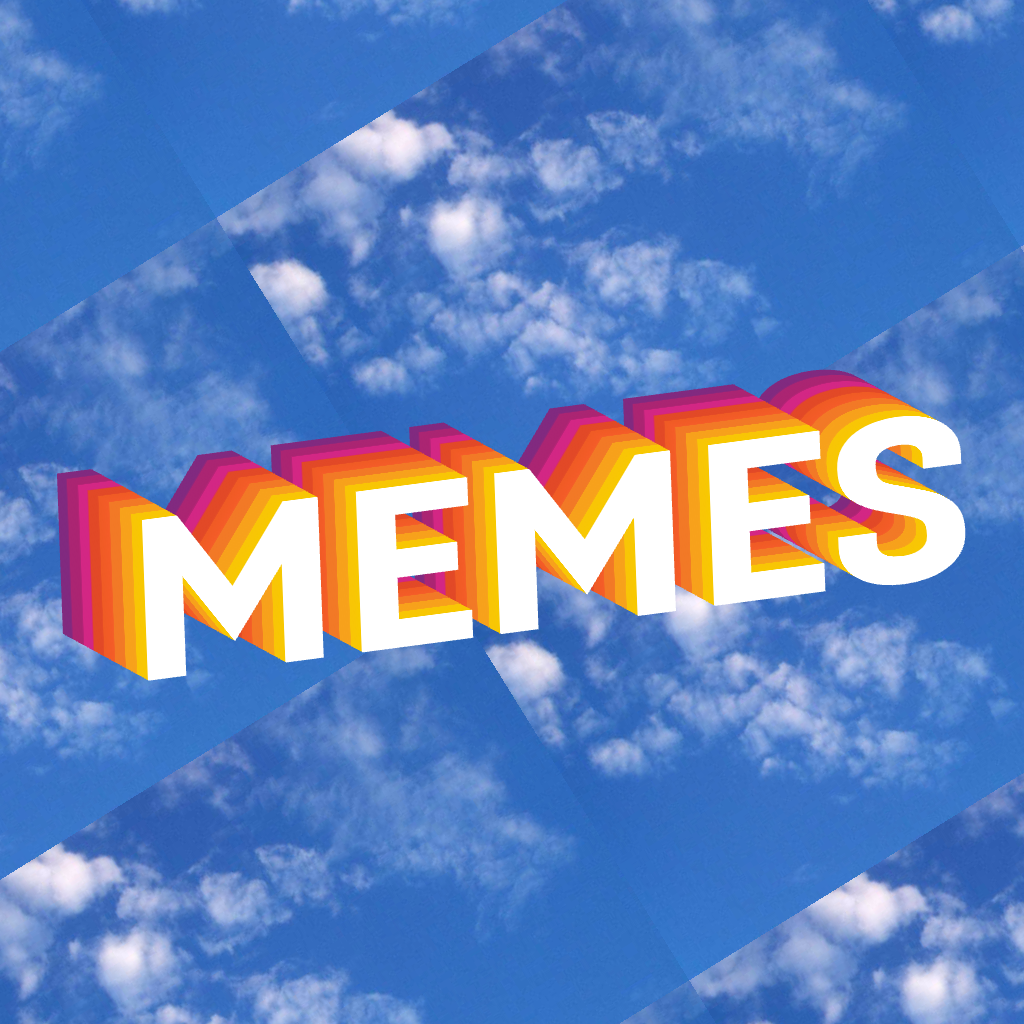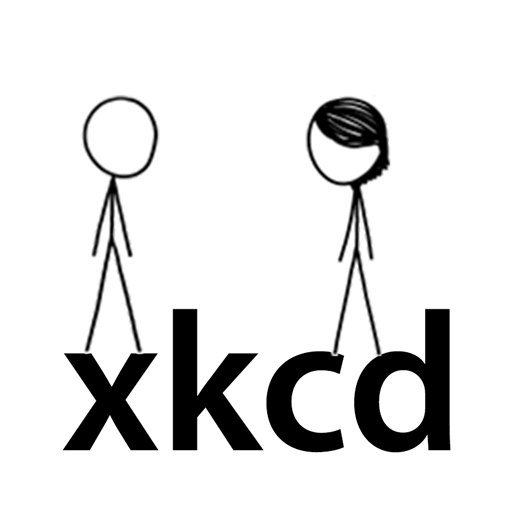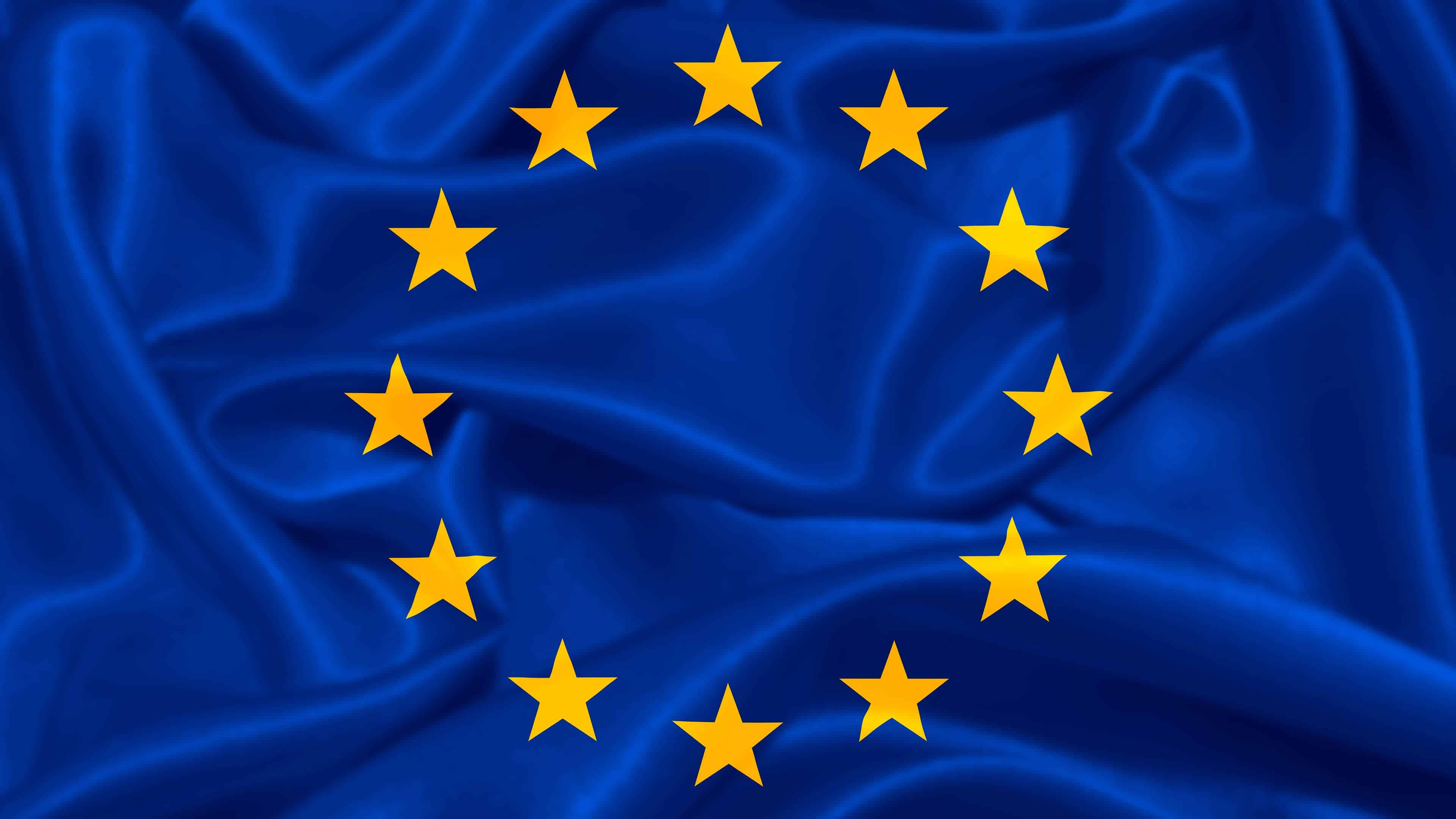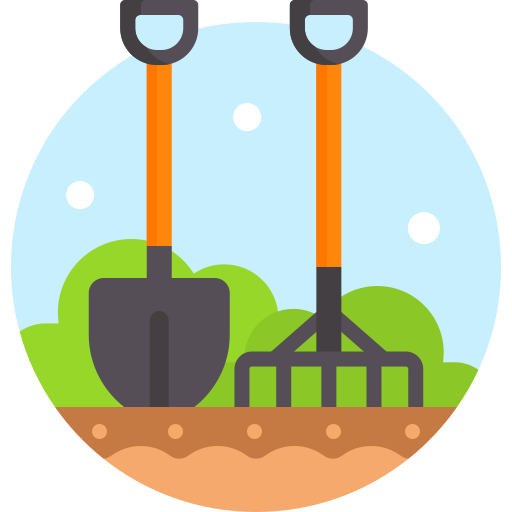Ask six people to identify the ‘soul’ in a piece of art and you’ll get seven different answers. It’s an entirely subjective concept.
Beauty is in the eye of the beholder, as the saying goes. Maybe we should stop gatekeeping what art people enjoy and stop brigading them when they dare to like something ‘real artists’ decide they shouldn’t.












You could say it was one of the websites of all time.